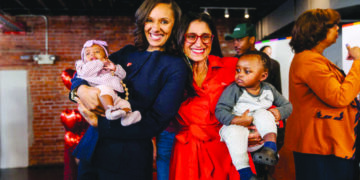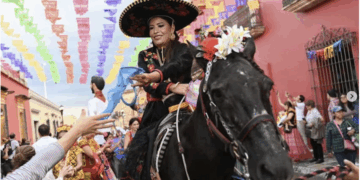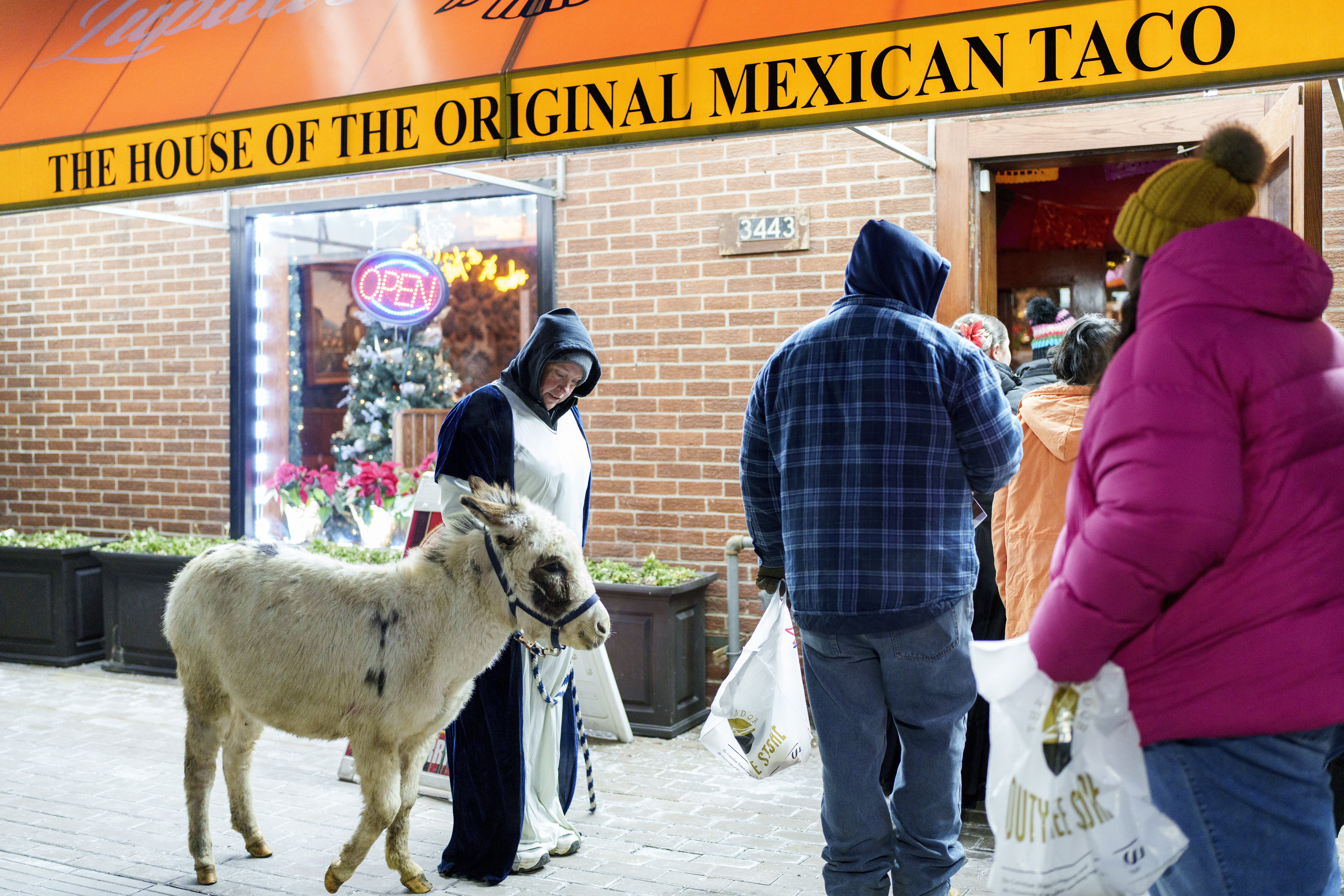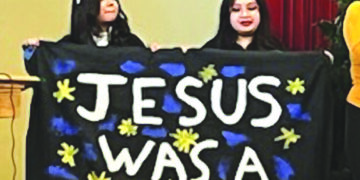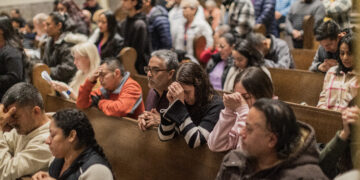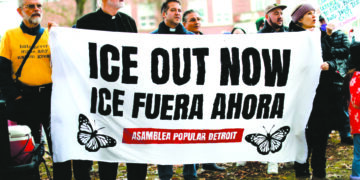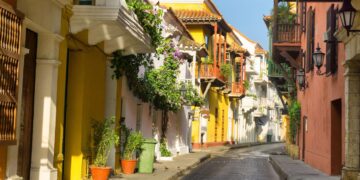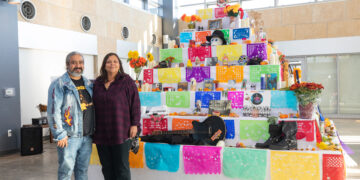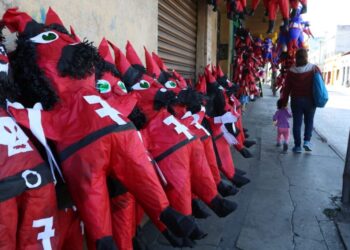Wearing Mexican indigenous attire is more than a fashion statement. It is a complex form of expression, and each person has their own journey, rooted in personal experiences. Whether women are first-generation-immigrants, second, or third generation Mexican-American, they are searching for identity, empowerment and cultural preservation. Wearing indigenous clothes is a way to challenge the norms of beauty, identity and find interconnectedness of heritage and self-determination.
Over the last decade, traditional Mexican clothing has become more fashionable as Mexican women are wearing indigenous attire in their daily activities and particularly at special events, and the Latinas in Southwest Detroit are not an exception. This is a dramatic shift from previous generations, which saw the indigenous textiles, dresses and shirts as antiquated and passé.

For some, wearing indigenous clothes may be merely a fashion trend, for others, it may be a way to connect with their country as mestizas—a person of mixed European, black, and indigenous ancestry. And even others may see it as a deeper way to connect with their indigenous roots and deconstruct colonial standards of beauty and culture.
But as the clothes become even more popular, do the people who wear them know what they mean? Do they understand the work that is put into them and the meaning for each indigenous community? The pieces are made by real people, who take time, effort, and personal sacrifice so those who wear them don’t lose the opportunity to reconnect with traditions and with each other.
Mexican-Americans who grew up before the 1970s were dissuaded from speaking Spanish or demonstrating their heritage. Families strove to assimilate to white American culture and schools and cultural institutions enforced it by promoting monolingualism. Many Mexican-Americans suffered discrimination, (and continue to do so) particularly when speaking Spanish or wearing traditional outfits.
Guadalupe Lara, also known in the community as Lupe, grew up in San Antonio Texas. She shared that she started using rebozos (shawls) in high school. Her grandmother taught her about the rebozos and the time required to make them.
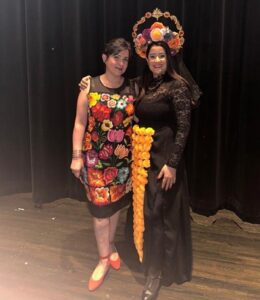
“We were brainwashed into thinking that as Mexican-Americans, we needed to assimilate,” said community leader Guadalupe Lara. “In addition, my mother did not want me to have barriers in my learning process.”
For Lara’s mother, wearing traditional rebozos was a sign of resistance against U.S. culture and should be avoided.
In college, Lara learned about Frida Kahlo, a celebrated Mexican painter known for her complex self-portraits. She felt inspired by the artist and tried to emulate her. However, she continued to encounter the pressures of assimilation.
“My professor, who was teaching a women’s studies class, took me aside and told me, you are a smart woman, and you should not use those clothes, flowers in your hair and hoop earrings, ” Lara remembers “Otherwise you will not go that far in life. I got angry and it fueled my desire to use them even more. What I wear should not be a barrier, it was who I was.”
“It is hard now to look back and see what the culture of assimilation did to people’s identity,” Lara said.
As the popularity of Indigenous Mexican clothing rises, so does the ability to purchase it in more places. Seamstresses like Regina Iglesias are fully aware of the processes of producing these traditional garments.
“I am a seamstress, I know how much work it entails and the beauty and talent each artisan pours into it,” Iglesias said. “Indigenous artisans use natural fabrics and dyes or colorants using plants and minerals that last for a long time. Some shirts take many weeks or even months to make, depending on the complexity of the design. The price of the garment often does not reflect the labor involved.”
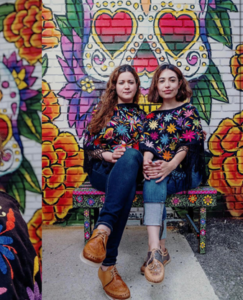
Mexican clothing has also been expanding from the original designs. Now, you can wear simple dresses with many artistic designs. Paola Portillo has seen this up close. As a business owner that sells Mexican clothing, textiles and handicrafts, she often travels to Mexico to bring articles for her store located in Detroit’s Eastern Market.
“I feel that Mexican clothing has been evolving and has been modernized to satisfy the needs of the younger generations,” Portillo said, “it is trendy. People do not have to wear long skirts with their blouses, now they can wear a cute embroidered blouse with jeans, it is more accessible.”
The Latinas are becoming more conscious of the diversity of Indigenous people and their creativity and how each design and stitches represents something different for each community. And as part of the process of decolonizing, people are more aware of the importance of respecting indigenous attire and traditions. There is a fine line between reconnecting and appropriation.
Mayté Lomelí Penman is a language justice and community advocate who brings a tremendous network through a mix of education, community, and economic development. A native of Durango, Mexico, Mayté has lived in Michigan for more than 25 years.


